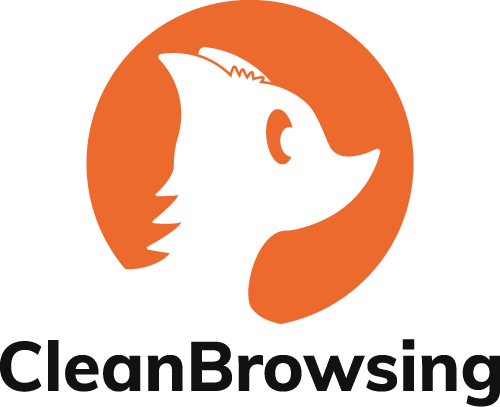CleanBrowsing is a DNS Filtering platform that allows you to deploy content filtering on your network. This means we can filter Fully Qualified Domain Names (FQDN), which means;:
| State | Example |
|---|---|
| CAN block | badexample.com |
| CAN NOT Block | badexample.com/path/to/file.php |
What we can and cannot block is a direct reflection of the technology we have chosen to focus on. For us, focusing on DNS allowed us to provide a technology agnostic solution to the masses.
That, however, doesn’t mean it is the only way to filter content. This article will share four unique ways you can filter content on your network.
4 Different Approaches to Content FIltering
While we have chosen a DNS-based approach to how we filter, there are a number of other approaches. Below is a list of four:
| Category | Description |
|---|---|
| Network-based Filters | This type of filtering happens at some point in the transmission of the request from your device to the internet. This can happen at the local router that connects to the internet, or via a service (like DNS), or at the router for the Internet Service Provider (ISP). This type of filtering can be exhaustive, with options that occur at different levels in the Open System Interconnection (OSI) model (e.g., Layer 3, 4, and 7). This is beyond the scope of this guide. |
| Browser-based Filters | This type of filtering happens inside your web-browser (e.g., Google Chrome, Mozilla Firefox, Microsoft Edge). The browser intercepts the requests before it leaves the browser and makes a determination if it fits the rules you have created. |
| Application-based Filters | This type of filtering happens inside of an application. It’s similar to what a browser does, but it typically encompasses all other applications on the device. Anti-Virus applications sometimes do this, and mobile applications also do this. This is commonly found in parental control applications. |
| Service-based Filters | This type of filtering has wide application, often overlapping with other types of filters. It can be found as an option inside a search engine, social platform (e.g., Facebook, Instagram, LinkedIn, TikTok) and other similar platforms. This is becoming especially important in this digital age where users live and consume content inside platforms. |
We don’t believe in absolutes, so for us it’s not about which one is the best, but rather which one will help solve your specific problem. Organizations with a small scope might benefit from application specific filtering approaches, while organizations with a large scope might require solutions that are more agnostic for broader application.
Content Filtering w/CleanBrowsing
CleanBrowsing provides a cost-effective DNS-based Content Filtering service that blocks access to unwanted content like malicious sites and online pornography. Pricing
